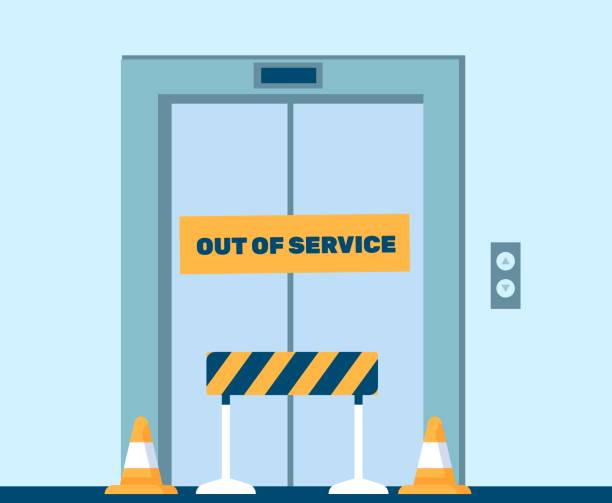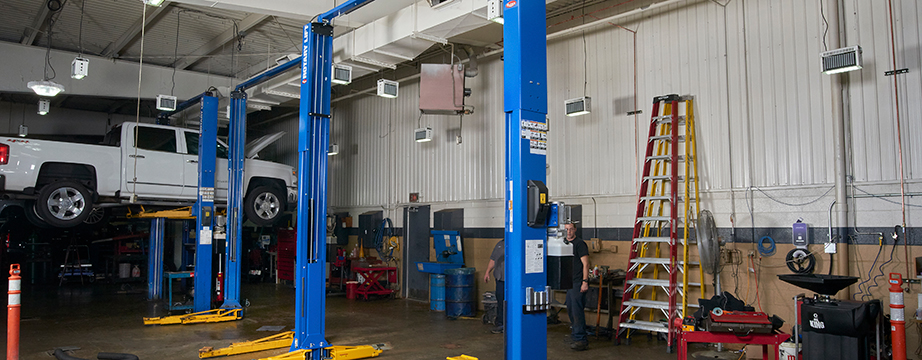Trusted Lift Breakdown Assistance: Top Lift Servicing Companies Near You
Trusted Lift Breakdown Assistance: Top Lift Servicing Companies Near You
Blog Article
Professional Tips for Ensuring Safety During Comprehensive Lift Repair Work Procedures
In the realm of thorough lift repair work procedures, safety stands as a vital problem that demands thorough interest to detail and adherence to established protocols. As the complicated interplay of machinery and human intervention unfolds, a tactical strategy to security comes to be the linchpin for effective repair procedures.
Safety And Security Equipment Demands
The safety and security gear demands for lift repair procedures are important to guarantee the health of upkeep workers. Correct safety equipment not just protects workers from prospective threats but additionally improves effectiveness and accuracy during repair work jobs. When servicing lifts, maintenance workers should abide by strict safety procedures by using ideal gear such as hard hats, safety goggles, gloves, steel-toed boots, and high-visibility vests. These items are created to give defense versus head injuries, eye damages, hand injuries, foot injuries, and enhance presence in the job setting to avoid crashes.
Safety safety glasses safeguard the eyes from particles, chemicals, or stimulates that might be generated throughout repair service work. By purely adhering to security gear demands, maintenance workers can minimize dangers and job effectively to maintain and repair lifts.

Equipment Inspection List
To make certain the maintenance personnel's safety and the proper functioning of lifts, an extensive devices evaluation checklist is critical before starting any kind of fixing treatments. lift service company. This list needs to include a complete assessment of all elements such as cable televisions, sheaves, electrical systems, and safety devices. It is critical to evaluate for any type of signs of wear and tear, deterioration, or damages that may compromise the lift's architectural stability or operational performance
Along with mechanical components, the evaluation checklist need to include safety attributes like emergency situation brakes, limitation buttons, and overload sensing units. These safety mechanisms play a vital function in stopping mishaps and ensuring customer security throughout lift operation.
In addition, verifying the calibration of control systems, confirming appropriate air flow and lighting within the lift shaft, and inspecting for any type of blockages or particles are crucial action in the inspection procedure. Normal maintenance and adherence to the equipment assessment checklist not just improve safety and security procedures yet also prolong the life expectancy of the lift system, reducing the probability of unexpected failures or expensive fixings.
Hazard Identification Methods
Utilizing methodical evaluation approaches, hazard identification techniques are utilized to identify prospective dangers within lift fixing treatments. These techniques involve an extensive assessment of the repair setting, equipment, and tasks included to recognize any type of risks that can result in mishaps or injuries. One common strategy is the Work Safety Evaluation (JSA), where each step of the fixing process is carefully analyzed to identify potential threats and establish the most effective security procedures to reduce them. Additionally, Failure Setting and Results Evaluation (FMEA) can be used to anticipate potential failure points in the repair treatment and create safety nets to address them proactively.

Emergency Feedback Preparedness
With a focus on making certain swift and efficient reaction to unforeseen scenarios, emergency reaction preparedness is an essential element of maintaining safety throughout lift repair service treatments. Prioritizing emergency readiness entails developing clear interaction networks, assigning particular duties and obligations, and performing normal drills to examination response times and procedures.
Crucial element of emergency action readiness include having conveniently available emergency treatment sets, fire extinguishers, and emergency situation contact info plainly showed. It is important to educate all employees involved in lift repair service procedures on emergency action methods, including exactly how to securely evacuate the area in instance of a fire or various other emergencies.
Moreover, creating a comprehensive emergency action strategy specific to lift repair service circumstances can help reduce prospective dangers and make lift service company certain a prompt and coordinated reaction in case of an incident. On a regular basis updating this plan and evaluating based on lessons gained from past drills or occurrences is important to continuously boost precaution during lift repair service treatments.
Ongoing Safety Training
Continuous education and learning and training in security methods is a basic part of making certain the recurring safety and security of employees throughout lift repair service procedures. Ongoing safety training plays an essential function in keeping workers educated concerning the most recent security requirements, protocols, and best techniques in the market (lift breakdown). By giving regular training sessions, workers can remain up-to-date on possible risks, safe job treatments, and emergency methods certain to lift repair service atmospheres
Regular safety and security training likewise helps enhance the value of following safety and security standards and procedures in any way times. It imparts a safety-conscious state of mind amongst workers, advertising a culture of safety within the work environment. Additionally, recurring training allows employees to revitalize their expertise and skills, boosting their readiness to manage any unanticipated safety obstacles that may develop during lift repair service procedures.
To guarantee the performance of ongoing safety training, it is vital to tailor the web content to the specific dangers and needs associated with lift repair service procedures - platform lift dimensions. Companies ought to consistently assess training needs, supply possibilities for hands-on practice, and motivate open interaction pertaining to safety issues amongst all employees involved in lift repair work operations
Final Thought
To conclude, ensuring safety throughout detailed lift repair service procedures is vital for protecting against injuries and crashes. By following security equipment demands, conducting devices evaluations, recognizing hazards, preparing for emergency situations, and offering recurring security training, employees can lessen dangers and create a safe workplace. Prioritizing precaution and staying alert throughout the repair work process will help shield both employees and the tools being serviced.
When functioning on lifts, maintenance personnel must stick to rigorous security procedures by wearing appropriate equipment such as tough hats, safety goggles, gloves, steel-toed boots, and high-visibility vests. One common technique is the Work Security Analysis (JSA), where each action of the fixing procedure is thoroughly analyzed to recognize prospective risks and identify the finest security measures to minimize them.Regular education and training in safety and security methods is an essential component of making sure the ongoing safety and security of workers throughout lift repair work treatments.Routine safety training additionally helps enhance the significance of adhering to security standards and procedures at all times. By adhering to security equipment requirements, performing equipment assessments, identifying dangers, preparing for emergencies, and supplying ongoing security training, employees can reduce threats and create a risk-free job atmosphere.
Report this page